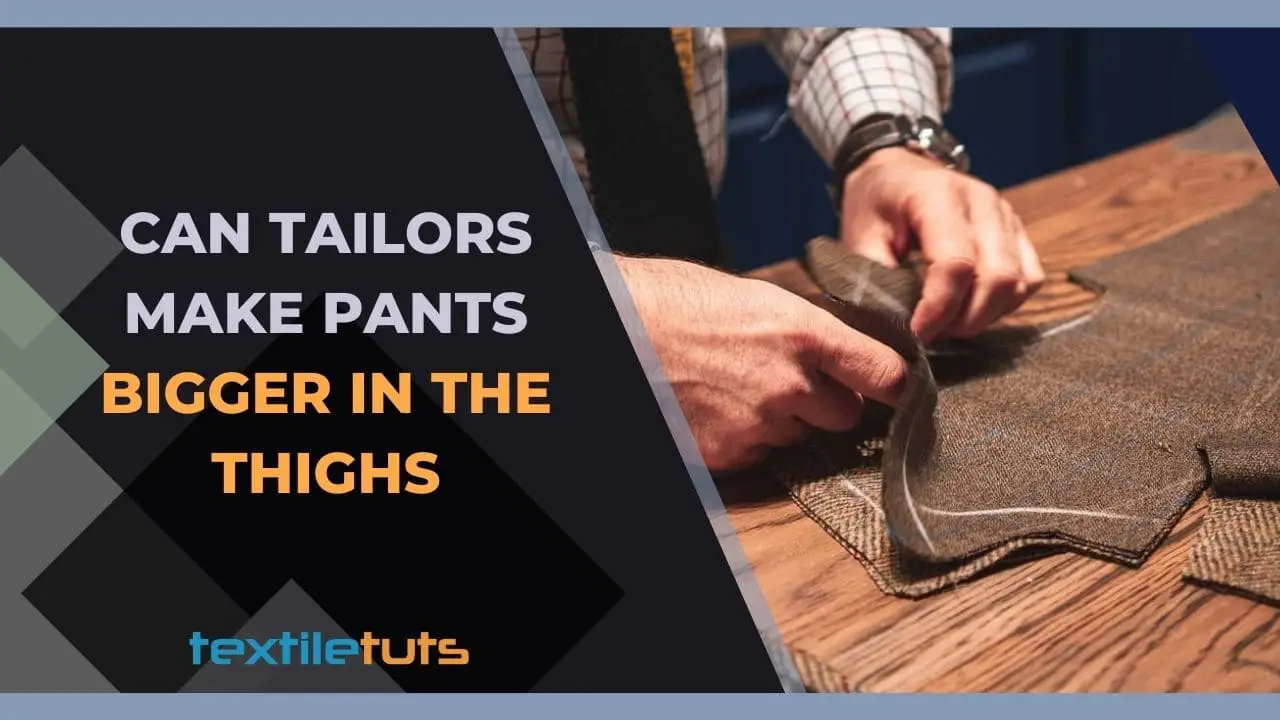Can Tailors Make Pants Bigger In The Thighs? – From Tight To Just Right
While some people struggle with finding pants that fit at the waist, others may experience difficulty finding pants that fit comfortably at the thighs. For those looking for a solution to this problem, the question arises: can tailors make pants bigger in the thighs?
Yes, tailors can enlarge the thigh area of pants. Tailors can achieve this by using techniques such as adding extra fabric, altering the seam allowances, or incorporating gussets. These alterations allow for more room in the thigh area while maintaining the overall fit and appearance of the pants.
In this blog post, I will explore the process of making pants bigger in the thighs, including what to expect when working with a tailor, the cost of alterations, and tips for ensuring a successful outcome.
Is It Possible for Tailors to Enlarge Pants in the Thighs?
Any experienced tailor can make pants bigger in the thighs through various alteration techniques. They have the skills and expertise to adjust the fit of garments, including pants, to accommodate larger thigh sizes.
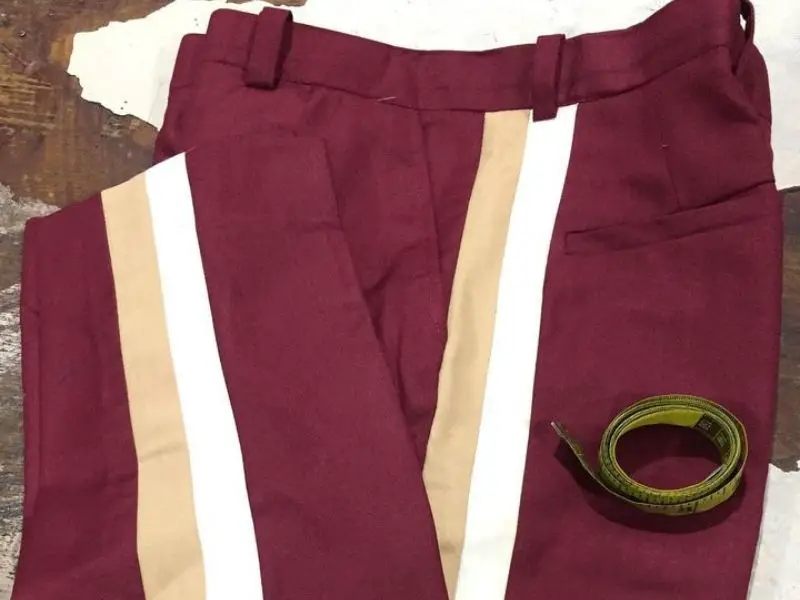
Tailors can assess the specific requirements of the individual and the pants in question and then apply the appropriate alterations to achieve the desired fit.
They use methods such as adding extra fabric, adjusting seam allowances, inserting gussets, or adding fabric panels to the thigh area.
These techniques allow tailors to increase the width of the thigh area while maintaining the overall look and balance of the pants.
However, the feasibility of making pants bigger in the thighs can depend on factors such as the original construction of the pants, the type of fabric used, and the extent of the size increase required.
Skilled tailors will consider these factors and select the most suitable approach to achieve the best possible fit while preserving the overall design and comfort of the pants.
Factors to Consider When Altering Pants
When altering pants, several important factors must be considered to ensure the best fit and outcome. Here are some key factors to keep in mind:
Type of Pants
The alteration approach can vary based on the type of pants, such as jeans, trousers, leggings, or dress pants. The fabric, style, and intended use of the pants will influence the alteration methods you choose.
Fit Goals
Determine what kind of fit you’re aiming for. Do you want the pants to be looser, tighter, longer, or shorter? Clearly define your fit goals before starting any alterations.
Fabric Type

Different fabrics behave differently during alterations. Consider whether the fabric has stretch, drapes, or is more structured. Some fabric types are easier to work with than others.
Seam Allowances
Check the existing seam allowances in the pants. If there’s enough extra fabric in the seams, you might be able to let out or take in the pants without extensive modifications.
Balance Alterations
When altering pants, it’s essential to maintain the balance of the garment. Changes to one area (like the waist) can affect other areas (like the hips or length). Keep the overall proportions in mind.
Original Design Details
Consider the original design elements of the pants, such as pockets, pleats, and cuffs. Alterations might impact these features, so plan accordingly to maintain the overall aesthetic.
Pattern Matching
If your pants have a pattern, stripe, or plaid, pay attention to how the pattern aligns after alterations. Matching patterns can be challenging, but it is crucial for a professional look.
Rise and Waistband
Altering the rise (the distance between the crotch and waist) and the waistband can significantly impact the overall fit and comfort of the pants. Make sure these alterations complement each other.
Crotch Fit
Achieving a comfortable crotch fit is crucial. Altering the crotch seam can be complex, and any changes should allow for ease of movement and avoid creating uncomfortable bunching.
Hem Length
Altering the hem can affect the overall look of the pants. Consider whether you want the pants to be full length, cropped, or somewhere in between.
Skill Level
Assess your sewing skills and comfort level with alterations. Complex alterations might require advanced sewing techniques, so choose methods that align with your abilities.
Budget and Time
Consider the cost of materials and tools needed for alterations. Additionally, factor in the time required for alterations, especially if you’re new to sewing.
Professional Assistance
For complex alterations or if you’re uncertain about your skills, seek assistance from a professional tailor or seamstress. They have experience and expertise in achieving precise and polished alterations.
Different Methods for Making Pants Bigger in the Thighs
There are several methods you can consider if you want to alter your pants. Keep in mind that the success of these methods depends on the fabric, the construction, and your sewing skills. Here are some approaches you can try:
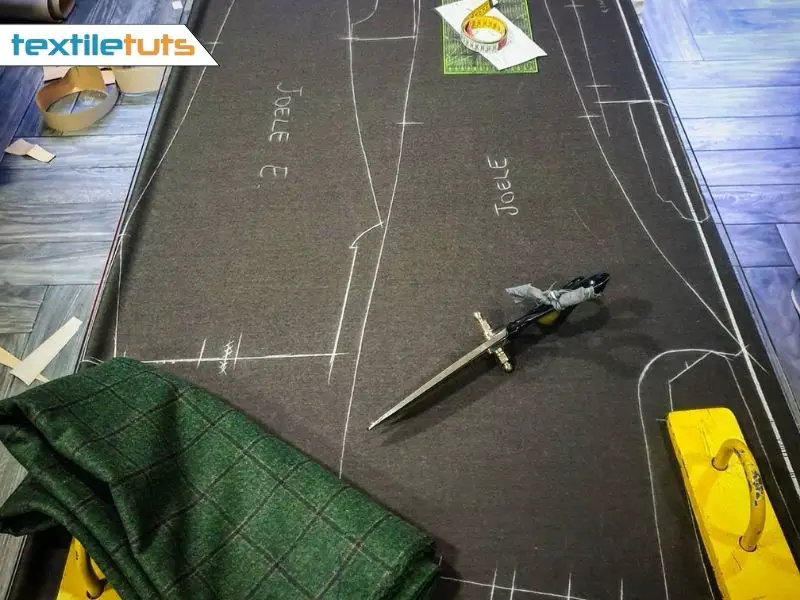
Adding Panels or Gussets
This involves sewing fabric panels, or gussets, into the inner thigh area of the pants. This method can provide additional width and flexibility, making the pants more comfortable. Choose a fabric that matches the original pants for a seamless look.
Letting Out Seams
Some pants have extra fabric in the seams that can be let out. You can carefully unpick the seams on the inner thigh area and then sew the seams with a wider seam allowance to add some extra room.
Inserting Stretch Fabric

Adding stretch fabric to the inner thigh area can provide both comfort and extra space. Use a fabric that has a similar stretchiness to the original pants for a consistent look.
Adding Patches or Appliques
You can use decorative patches or appliqués made from a similar fabric to add width to the thigh area. This method can be both functional and fashionable.
Using Elastic Inserts
Sewing in elastic inserts along the inner thigh can give the pants some stretch and make them more accommodating for larger thighs.
Creating a Pleat
Adding a pleat along the inner thigh area can create extra space without drastically altering the appearance of the pants. This method is often used for formal pants.
Relocating Pockets
If the pockets are limiting the space in the thighs, you can consider relocating or removing them to free up more room.
Lace or Fabric Inset
Inserting lace or a complementary fabric into the inner thigh area can add both style and width. This method is particularly useful for dressier pants.
DIY Process of Making Pants Bigger in the Thighs
Making pants bigger in the thighs can be a DIY project with some sewing skills and the right tools. Here’s a step-by-step process to help you achieve this alteration:
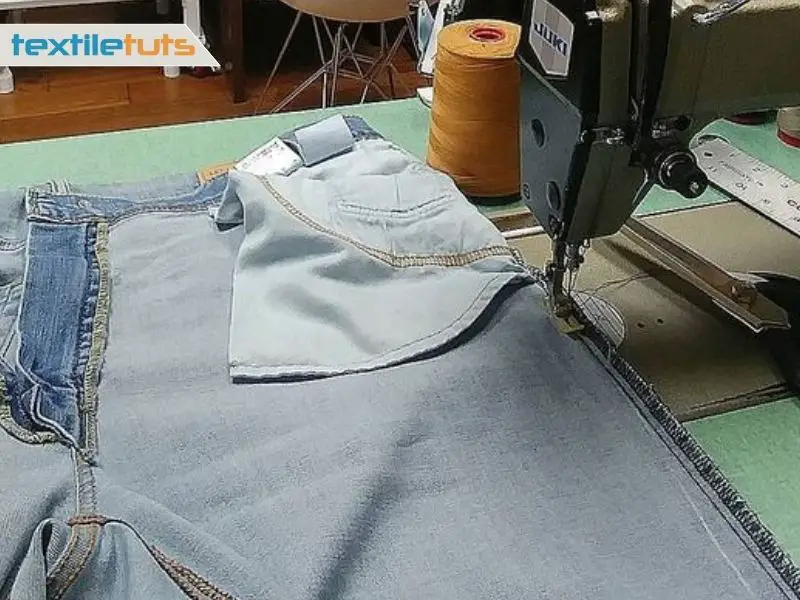
Materials Needed
Assess the Pants
Examine the pants to determine where you need more room in the thigh area. Identify the seams that need to be adjusted and assess the available seam allowances.
Seam Ripping
Use a seam ripper to carefully remove the stitches along the seams that need to be altered. Be cautious not to damage the fabric or surrounding seams. Open up the seams you want to adjust.
Measure and Plan
Measure the additional width you need in the thigh area. Consider whether you’ll add fabric panels or gussets. If you’re using panels, decide on the fabric type, color, and size needed.
Prepare Panels or Gussets (Optional)
If you’re adding fabric panels or gussets, cut them to the desired size and shape. Gussets are triangular pieces of fabric inserted into the seam, while panels are rectangular pieces added to the sides of the pants.
Pin Panels or Gussets (Optional)
Pin the fabric panels or gussets to the open seams, aligning them with the edges of the fabric. Make sure the fabric is evenly distributed and lies flat against the pants.
Sew Panels or Gussets (Optional)
Using a sewing machine or hand sewing, stitch the fabric panels or gussets in place. Use a straight stitch or a zigzag stitch to secure them to the pants. Reinforce the stitching at the beginning and end for durability.
Adjust Existing Seams
If you’re not adding panels or gussets, you can adjust the existing seams. Measure and mark the new seam lines with fabric chalk or a tailor’s pencil, adding the required width for the larger thighs.
Sew New Seams
Using a sewing machine or hand sewing, stitch along the marked lines to create the new seams. Make sure your stitches are straight and secure. Trim any excess fabric if necessary.
Try On and Test Fit
Put on the pants and check the fit. Move around to ensure the added width in the thigh area is comfortable and provides the desired fit. Make any additional adjustments if needed.
Finish the Seams
Trim any excess threads and press the new seams with an iron to give them a polished look. If you added fabric panels or gussets, press them as well.
Final Fit Check
Try on the pants again to ensure that the alterations have achieved the desired fit and comfort. Make any final adjustments if necessary.
Finish and Wear
Once you’re satisfied with the fit, trim any remaining threads and press the entire pants to give them a finished appearance. Your altered pants are now ready to be worn!
Cost of Altering Pants by Tailors
The cost of altering pants by tailors can vary widely based on several factors, including the type of alteration, the complexity of the work, the location of the tailor shop, and the reputation of the tailor.
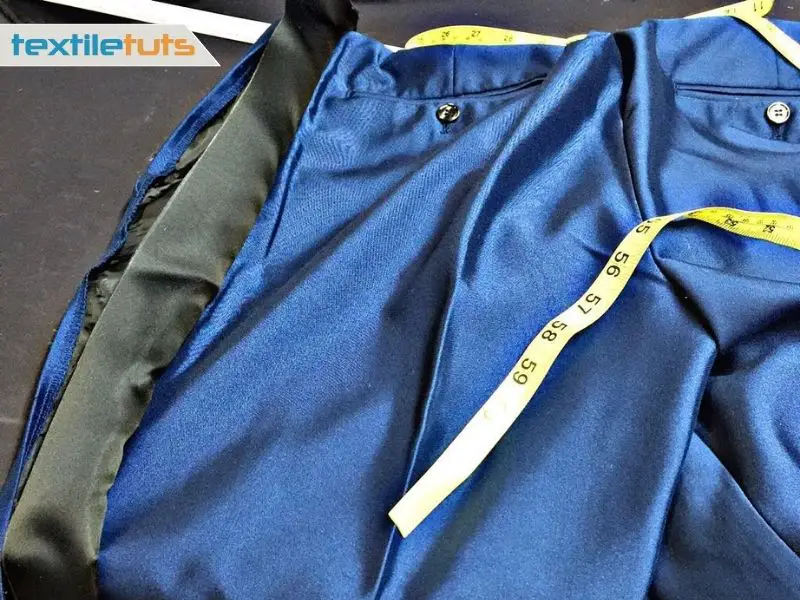
Here are some rough estimates for common pants alterations:
Hemming Pants
Shortening or lengthening pants can cost anywhere from $10 to $20, depending on the fabric, lining, and complexity of the design.
Taking in or Letting Out the Waist
Altering the waistband can range from $15 to $35, depending on the number of seams and layers that need adjustment.
Tapering or Taking in the Legs
Narrowing the leg width might cost around $15 to $45, depending on the complexity and number of seams to be adjusted.
Adding or Removing Cuffs
Altering cuffs can vary in price, usually falling between $15 and $30, based on the fabric and construction.
Resizing Rise and Seat
Altering the crotch area can be more complex and might range from $20 to $50 or more, depending on the design and difficulty.
Adding Pockets or Adjusting Pockets
Adding or adjusting pockets might cost around $10 to $30, depending on the fabric and complexity.
Altering Linings
If the pants have linings, altering them can increase the cost due to the additional work involved. Prices may vary but could range from $20 to $50 or more.
Complex Alterations
More intricate alterations, such as combining multiple adjustments or altering pants with unique designs, can cost more and might start at $50 and go up from there.
| Alteration | Typical Cost |
|---|---|
| Hem pants | $10 – $20 |
| Take in the waist | $15 – $35 |
| Take in the legs | $15 – $20 |
| Tapered legs | $30 – $45 |
| Shorten sleeves | $15 – $25 |
| Add darts | $15 – $25 |
| Let out the seat | $20 – $35 |
| Replace a button | $5 – $10 |
| Fix a zipper | $10 – $20 |
| Lining Alteration | $20-$50 |
| Complex Alterations | $50-$80 |
Can Tailors Fix Pants That Roll Down at the Waist?
Yes, tailors can fix the issue of pants rolling down waist. They can adjust the waistband to ensure a better fit. It’s a common problem that can be easily resolved with the right alterations. Don’t let ill-fitting pants ruin your look – a skilled tailor can make the necessary adjustments.
Final Words
Tailors are skilled professionals who can make pants bigger at the thighs. However, keep in mind that the extent to which the pants can be altered depends on various factors such as the fabric, the original size of the pants, and the amount of additional space needed.
It is always best to consult with a tailor to discuss your specific needs and figure out the best course of action for your pants.
With the right expertise and attention to detail, a tailor can help you achieve the perfect fit for your pants and ensure you feel comfortable and confident in your clothing.

